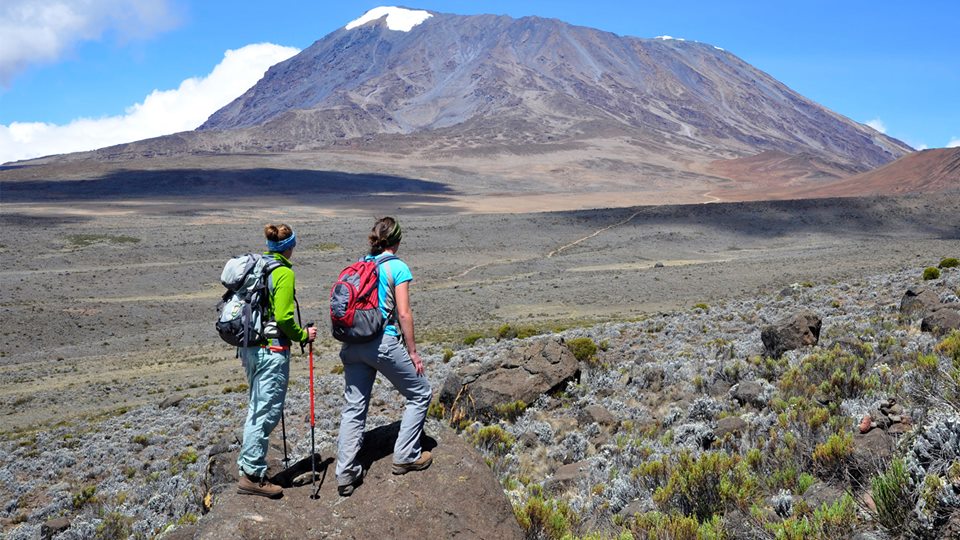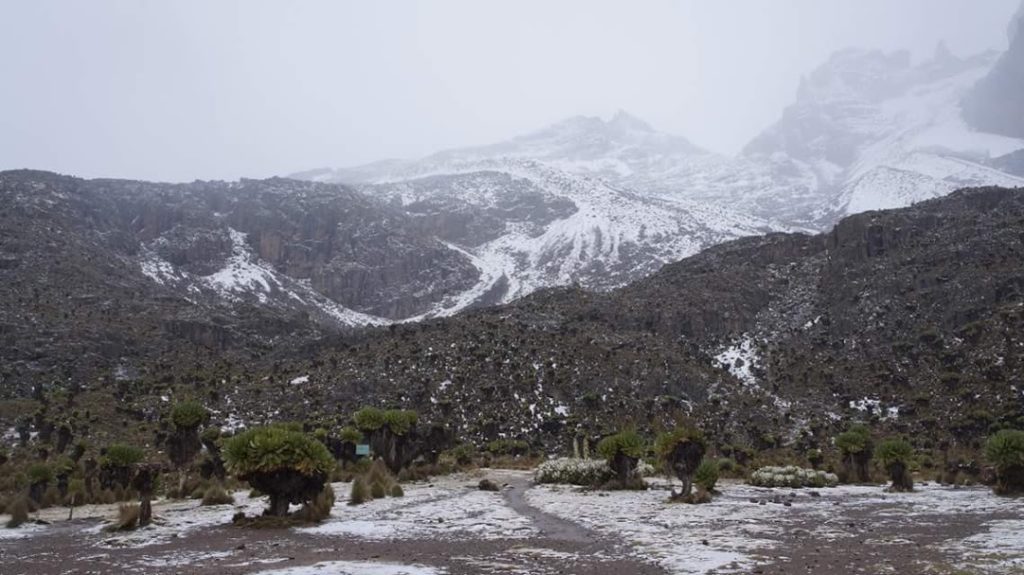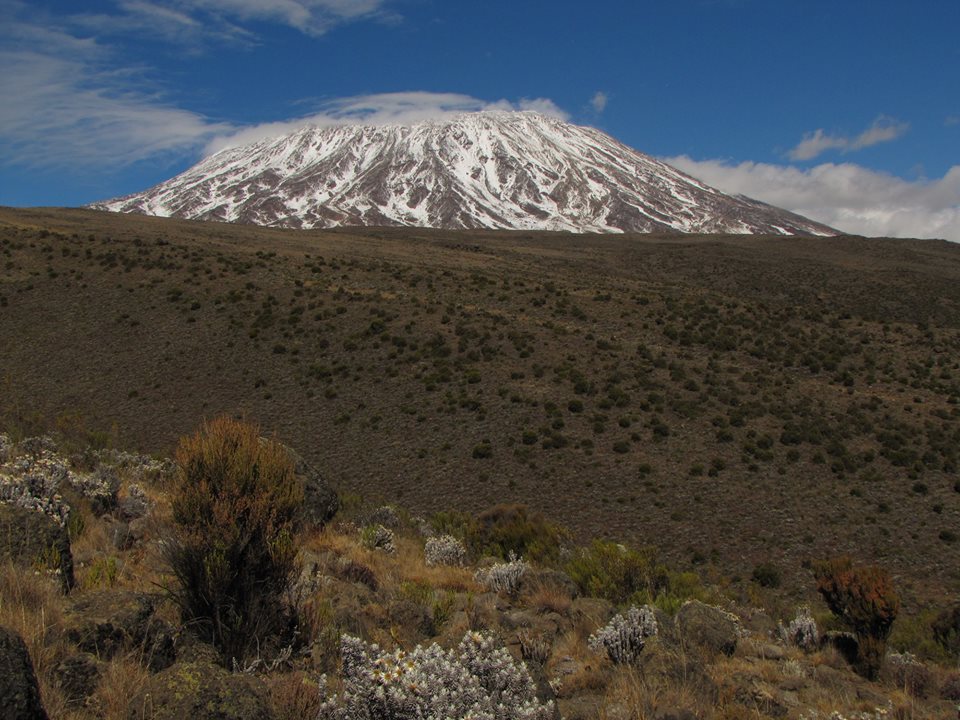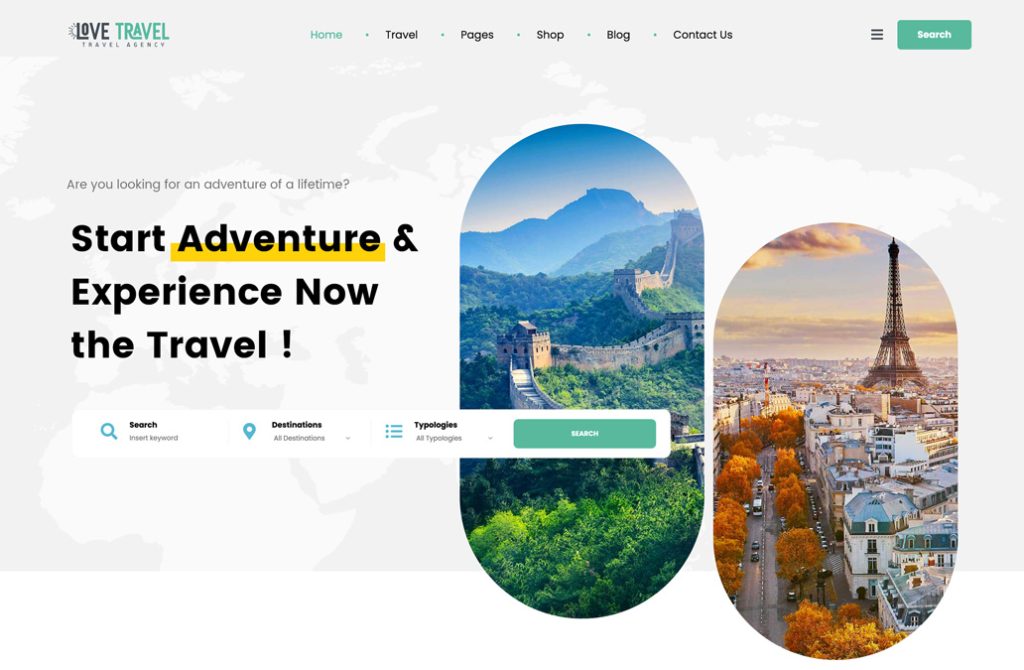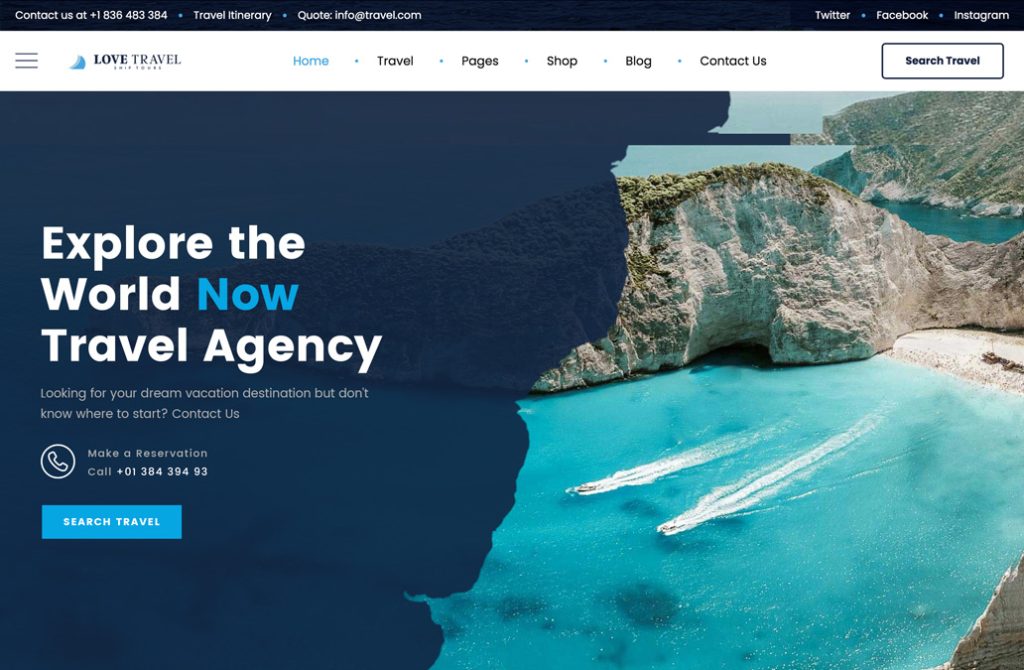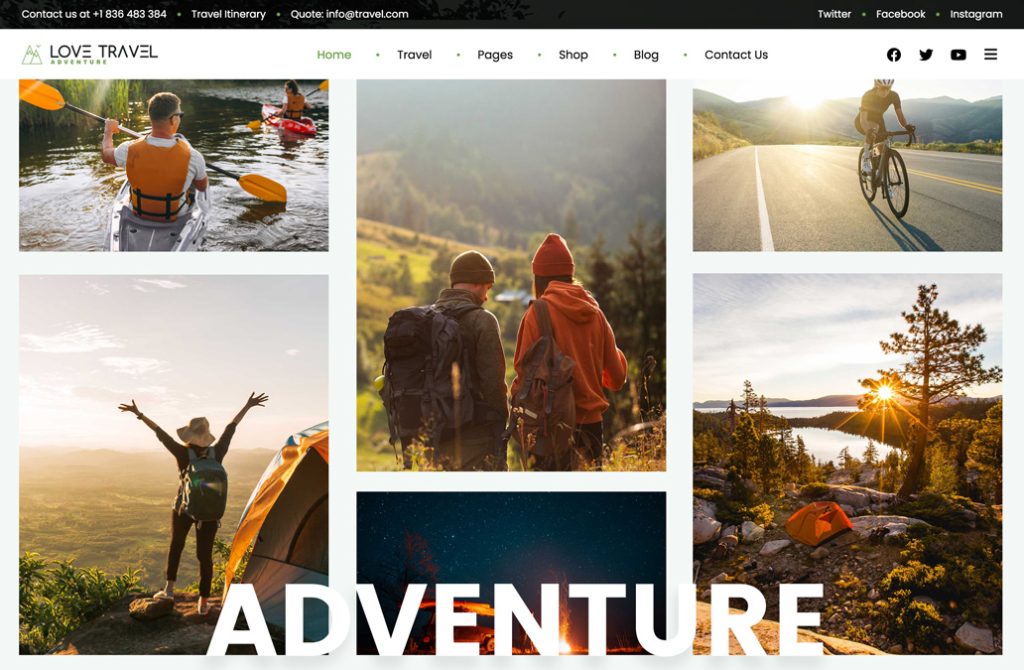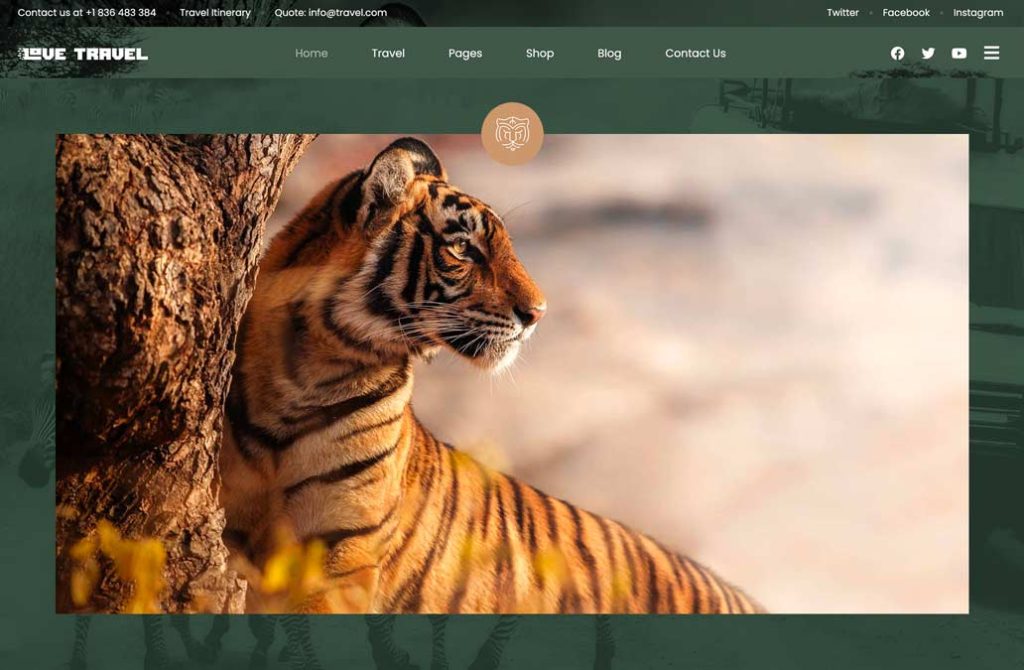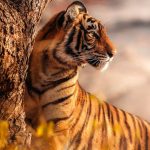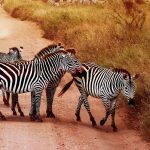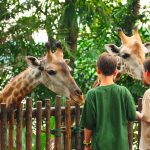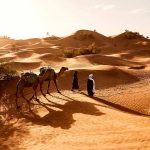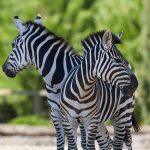Tanzania
Tanzania
Serengeti, Ngorongoro, Kilimanjaro, Zanzibar… The names roll off the tongue like a roster call of Africa’s most alluring destinations, all packed into one country. Resonating with hints of the wild and exotic, these four alone are reason enough to justify packing your bag and heading off to Tanzania. But the list isn’t finished. Bagamoyo, Tabora, Ujiji – stops on the 19th-century caravan routes into the heart of what was then an unknown continent. Mafia and Pangani – once famed ports of call for merchant ships from the Orient. Kilwa – linchpin of a far-flung Indian Ocean trading network. Kigoma, Kalema, Kipili, Kasanga – bustling outposts along the remote Lake Tanganyika shoreline. Selous – Africa’s largest protected area. Ruaha and Katavi – insider tips for serious safari-goers. Mahale and Gombe – prime destinations for seeing chimpanzees in the wild.
Within the space of several hours, it’s possible to go from lazing on idyllic beaches to exploring moss-covered ruins of ancient Swahili city-states; from climbing mist-covered slopes in the Southern Highlands to trekking through the barren landscapes around Ol Doinyo Lengai, guided by a spear-carrying Maasai warrior. Yet, despite its attractions, Tanzania has managed for the most part to remain unassuming and low-key. It has also remained enviably untouched by the tribal rivalries and political upheavals that plague many of its neighbors, and this – combined with a booming tourism industry – makes it an ideal choice for both first-time visitors and Africa old hands.
Throughout, Tanzania offers travellers an array of options, set against the backdrop of a cultural mosaic in which over 100 ethnic groups amicably rub shoulders. While most visitors head straight for the famed northern wildlife-watching circuit, followed by time relaxing on Zanzibar’s beaches, Tanzania has much more to offer anyone with the time and inclination to head off the beaten path. Follow the coastline south into a Swahili culture whose rhythms have remained in many ways unchanged over the centuries. Journey through rolling hill country along the Tanzam highway, detouring to Ruaha National Park. Admire ancient rock paintings around Kolo village. Explore the Lake Victoria shoreline, with its small fishing villages and tranquil islands. Experience the seldom-visited wilderness of Katavi, teeming with buffaloes and hippos.
If you’re seeking creature comforts, stick to the northern safari circuit and Zanzibar, where there are sealed main roads and many hotels and restaurants. Elsewhere, and especially in the south and west, you’ll soon find yourself well off the beaten path, surrounded by a Tanzania that’s far removed from Western development.
Selous Game Reserve
ImageThe pristine reserve, a World Heritage Site since 1982, comprises an area of 55,000 sq. km, covering about six per cent of Tanzania’s land surface.
Larger than Switzerland, it is the world’s largest game reserve and second only to the Serengeti in its concentration of wildlife. It is also the sanctuary of the biggest elephant herd in the world, about 32,000 elephants live in the reserve – 70 per cent of those in Tanzania. The reserve is difficult to describe without the use of superlatives.
Named after British hunter and writer Frederick Courteney Selous who was killed during the First World War in the Beho Beho region (of the reserve), the reserve is part of the 75,000 square kilometer Selous ecosystem, which includes Mikumi National Park, the Kilombero Game Controlled Areas . Nature experiences include a boat safari on the mighty Rufiji, walk on the wild side and ornithology (over 350 species).
Accommodations:
⦁ Mbuyu Safari Camp
⦁ Rufiji River Camp
⦁ Sand River Camp
⦁ Sand Rivers Selous Nomad Safari
⦁ Selous Safari Camp
⦁ Stiegler’s Gorge Camp
Lake Manyara National Park
ImageThis relatively small park is divided into five distinct vegetation zones: ground-water forest, marshland and reed beds, open grasslands and acacia woodland.
In a single day, a visitor may see elephant, buffalo, zebra, hippo and the curious lions which have a habit of resting in trees. Sheltering under the massive escarpment of the Great Rift Valley, and covering an area of 325 sq. km, this park is a flash of green amid an otherwise parched landscape. A line of springs support the lush vegetation of a groundwater forest, where blue monkeys, baboons and the curious-looking silvery-cheeked hornbill live, among the more than 350 bird species, the most profuse being the flamingo.
Accommodations:
⦁ Gibb’s Farm
⦁ Lake Manyara Hotel
⦁ Lake Manyara Serena Lodge
⦁ Maji Moto Luxury Tented Camp
Mount Kilimanjaro
ImageThe snow-covered splendor of the highest mountain in Africa is visible on a clear day from more than 250 kms away. Kilimanjaro rises from the vast open plains.
First mentioned by Ptolemeus (a 2nd Century Greek philosopher and geographer), the largest mountain in Africa and highest free standing mountain in the world, has proved a magnet to climbers, naturalists, travelers and explorers over the centuries. Only three degrees from the equator, the Victorians believed Kilimanjaro’s snow to be a flight of fancy for many years. Mount Kilimanjaro is the highest mountain in Africa and stands at 5,895 meters, three degrees south of the equator. The mountain, a dormant volcano, has two peaks – Kibo and Mawezi, which are surrounded by dense forests full of dazzling variety of flora and fauna.
Accommodations:
⦁ Kibo Hotel (at base)
⦁ Marangu Hotel
⦁ Mountain Inn
Serengeti National Park
ImageCovering an area of 14,763 square kilometers, equal in size to Northern Ireland, the world famous Serengeti National Park is Tanzania’s oldest park, and one of the world’s last great wildlife refuges. It is contiguous with Kenya’s Masai Mara Game Reserve and stretches as far as Lake Victoria to the West.
Its name comes from the Masai word Siringet, meaning ‘endless plains’. The Serengeti ecosystem supports the greatest remaining concentration of plains game in Africa, including more than three million large mammals. It is the sanctuary of an estimated four million different animals and birds. The animals roam the park freely and in the spectacular migrations, huge herds of wild animals move to other areas of the park in search of greener grazing grounds (requiring over 4,000 tons of grass each day) and water.
Accommodations:
⦁ Grumeti River Camp
⦁ Kijireshi Tented Camp
⦁ Kirawira Serena Camp
⦁ Klein’s Camp
⦁ Lobo Wildlife Lodge
⦁ Migration Camp
⦁ Ndutu Safari Lodge
⦁ Serengeti Serena Safari Lodge
⦁ Serengeti Sopa Lodge
⦁ Seronera Wildlife Lodge







